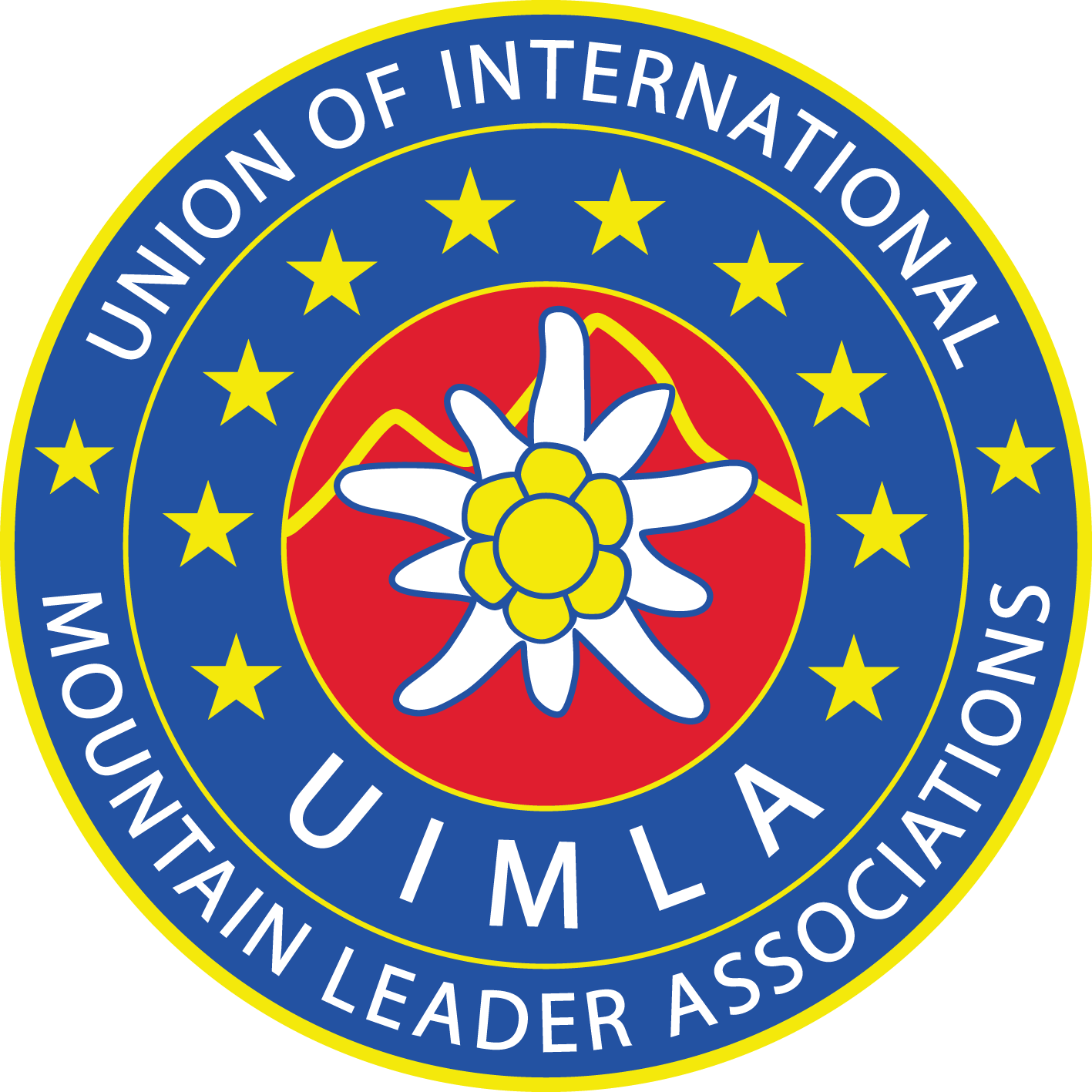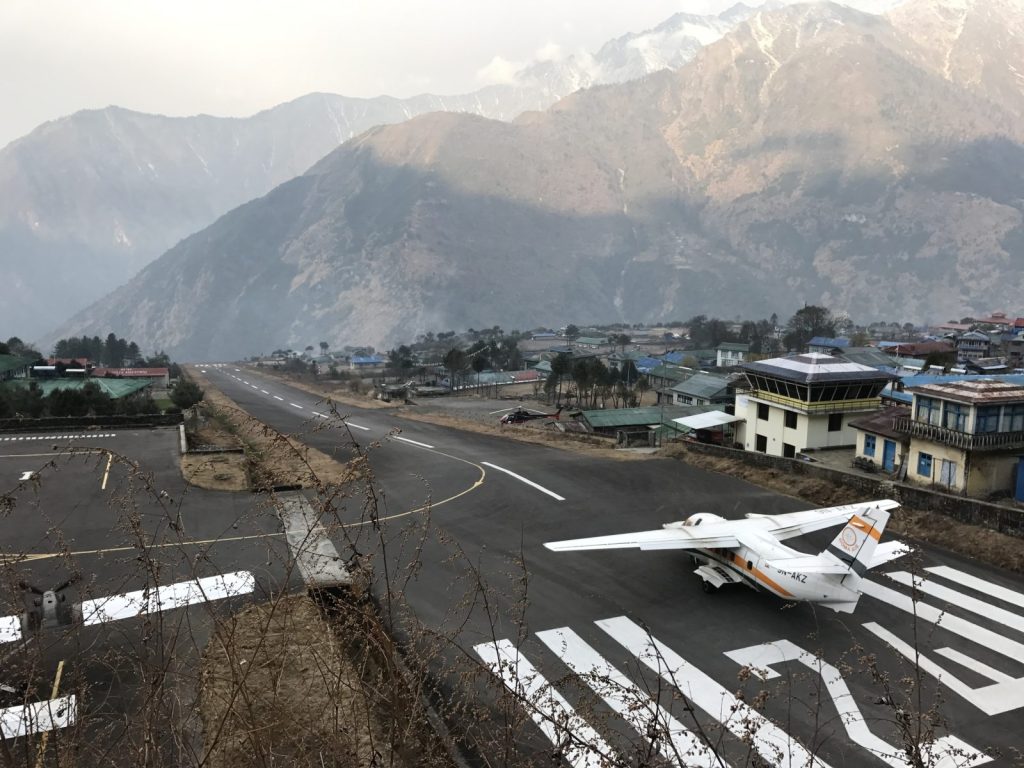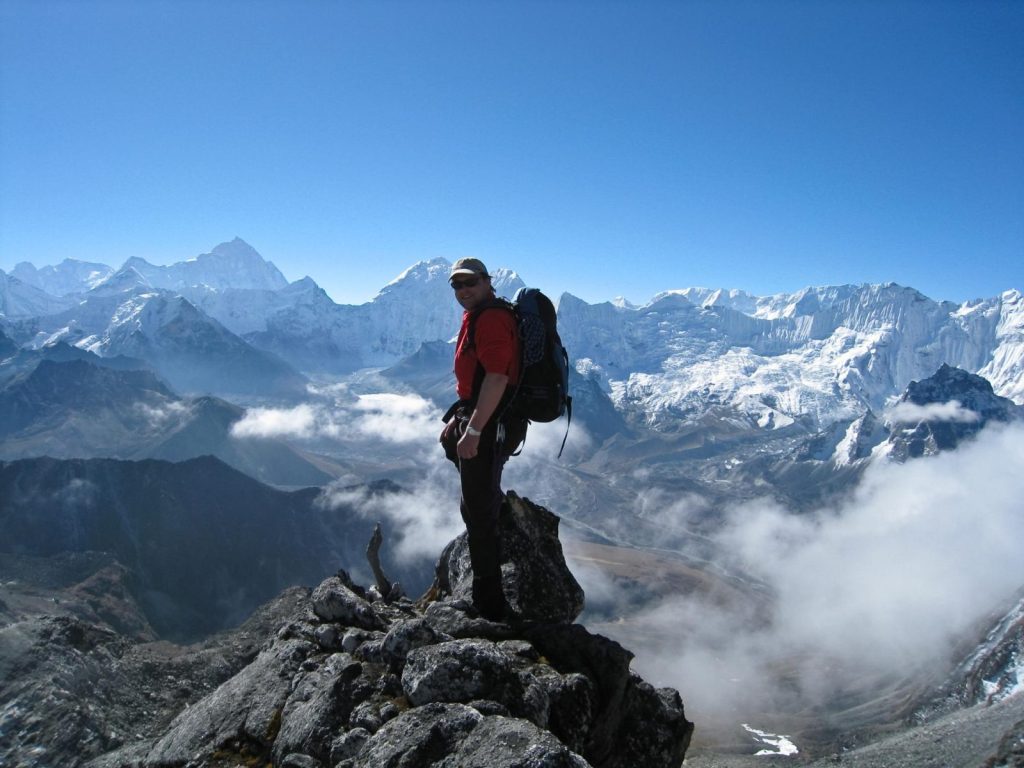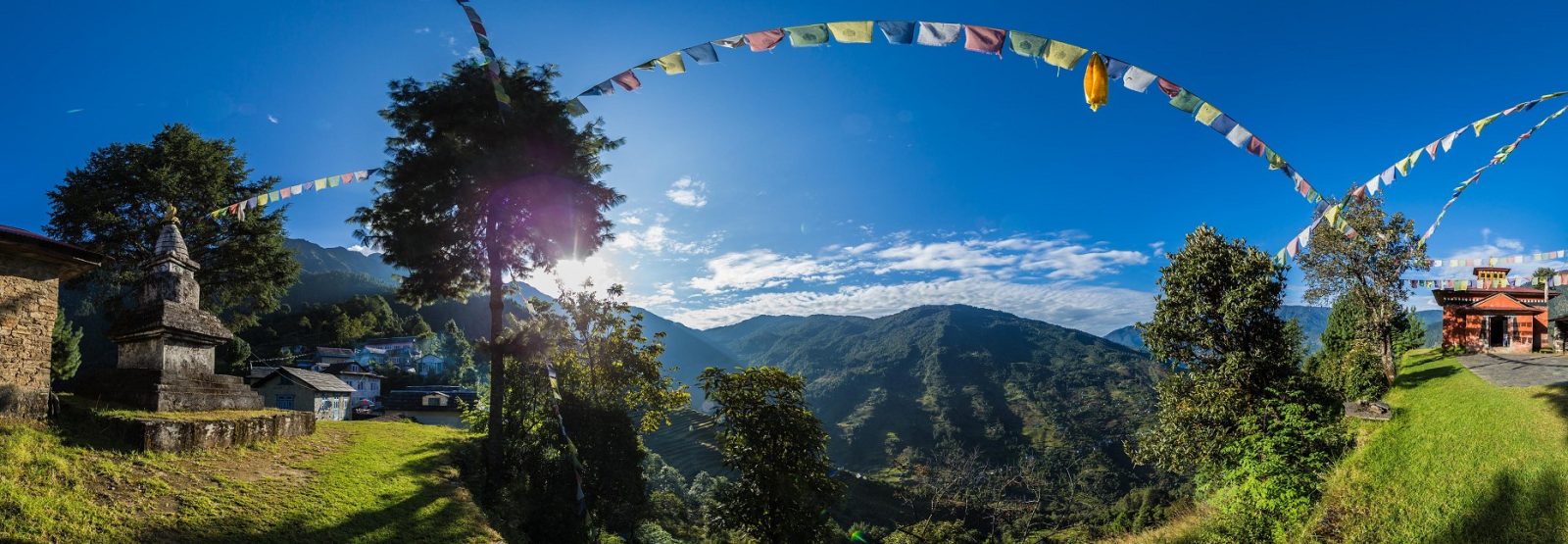
Nepal Guided Treks & Walking Holidays
Trekking in Nepal
Fro
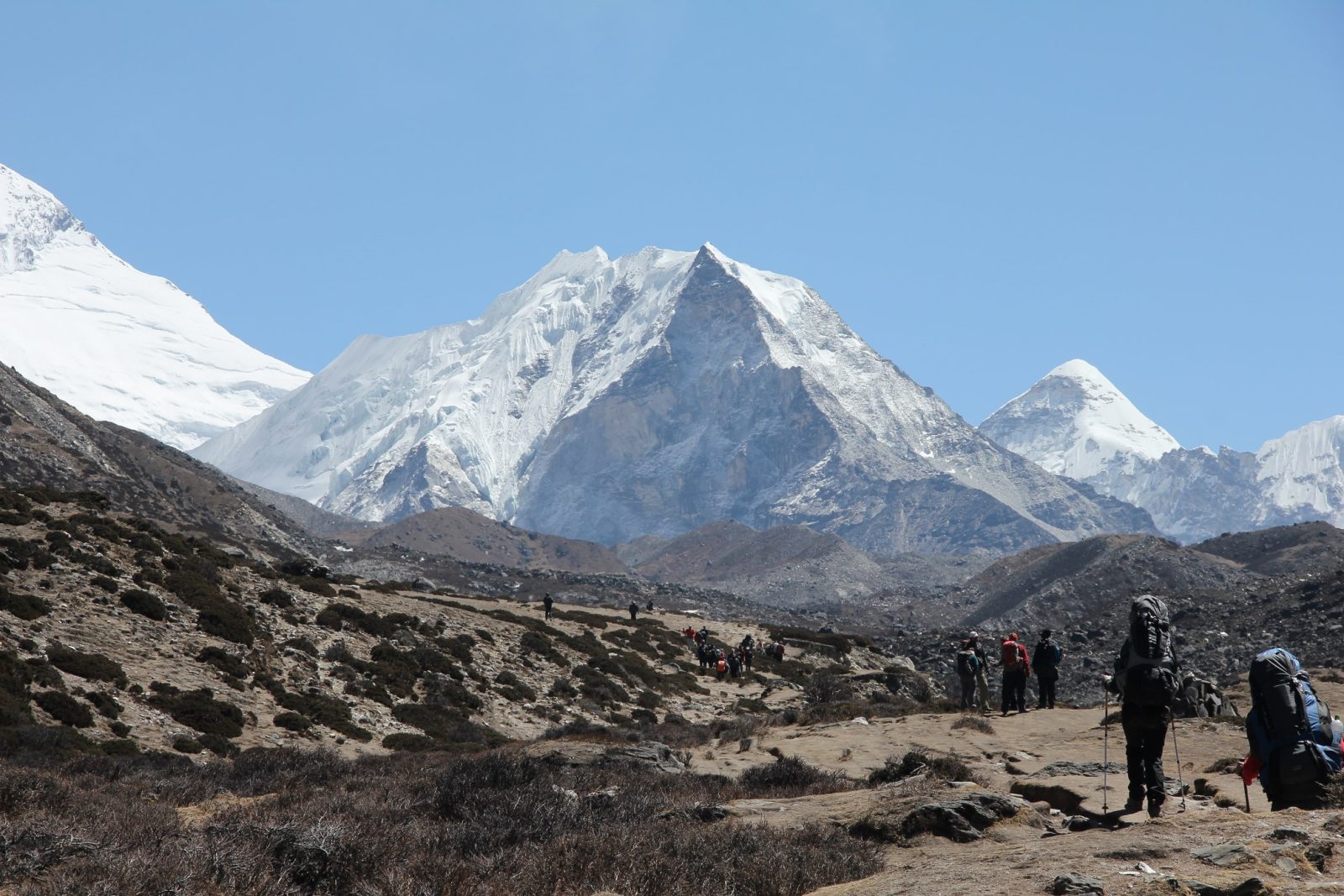
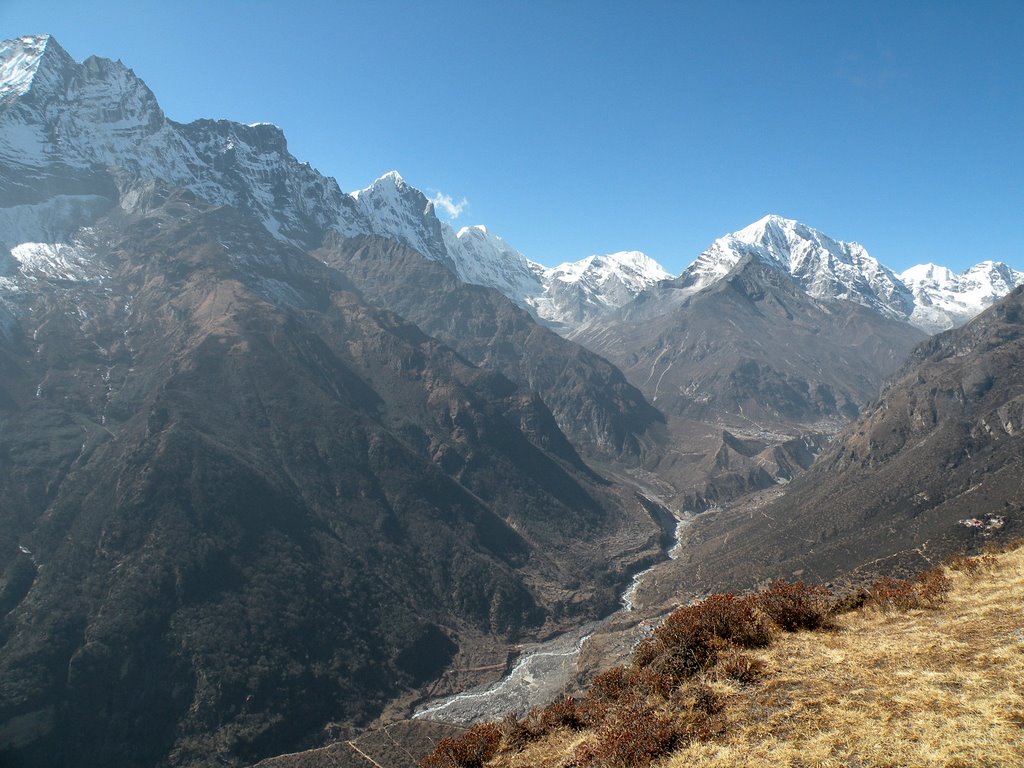
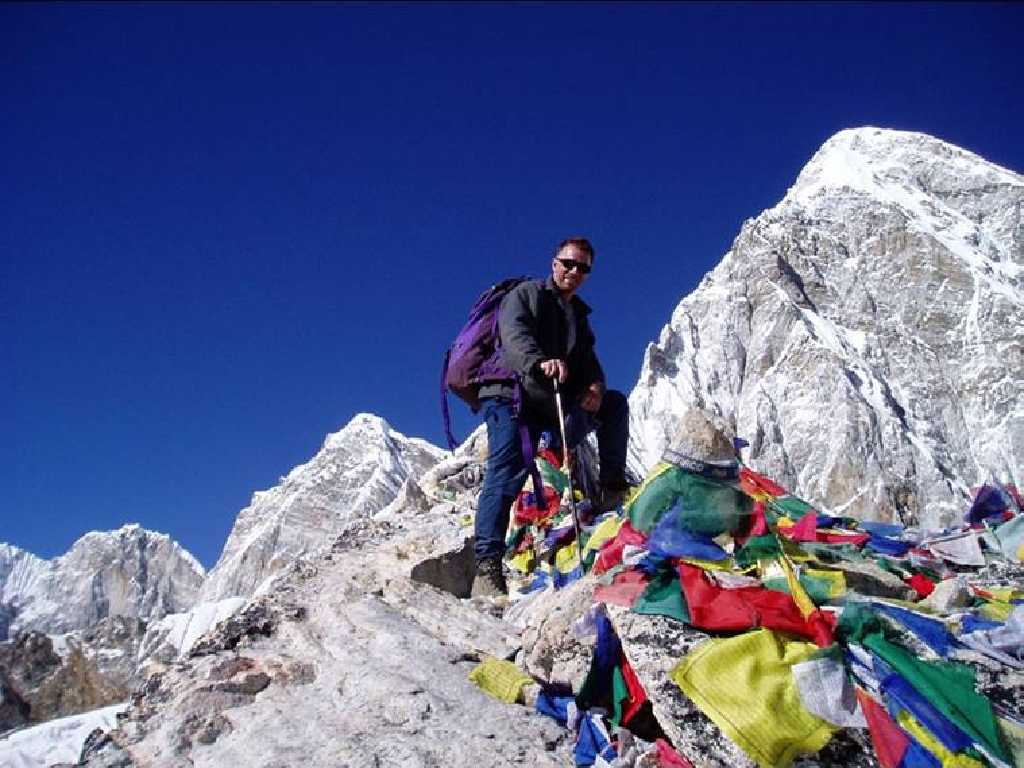
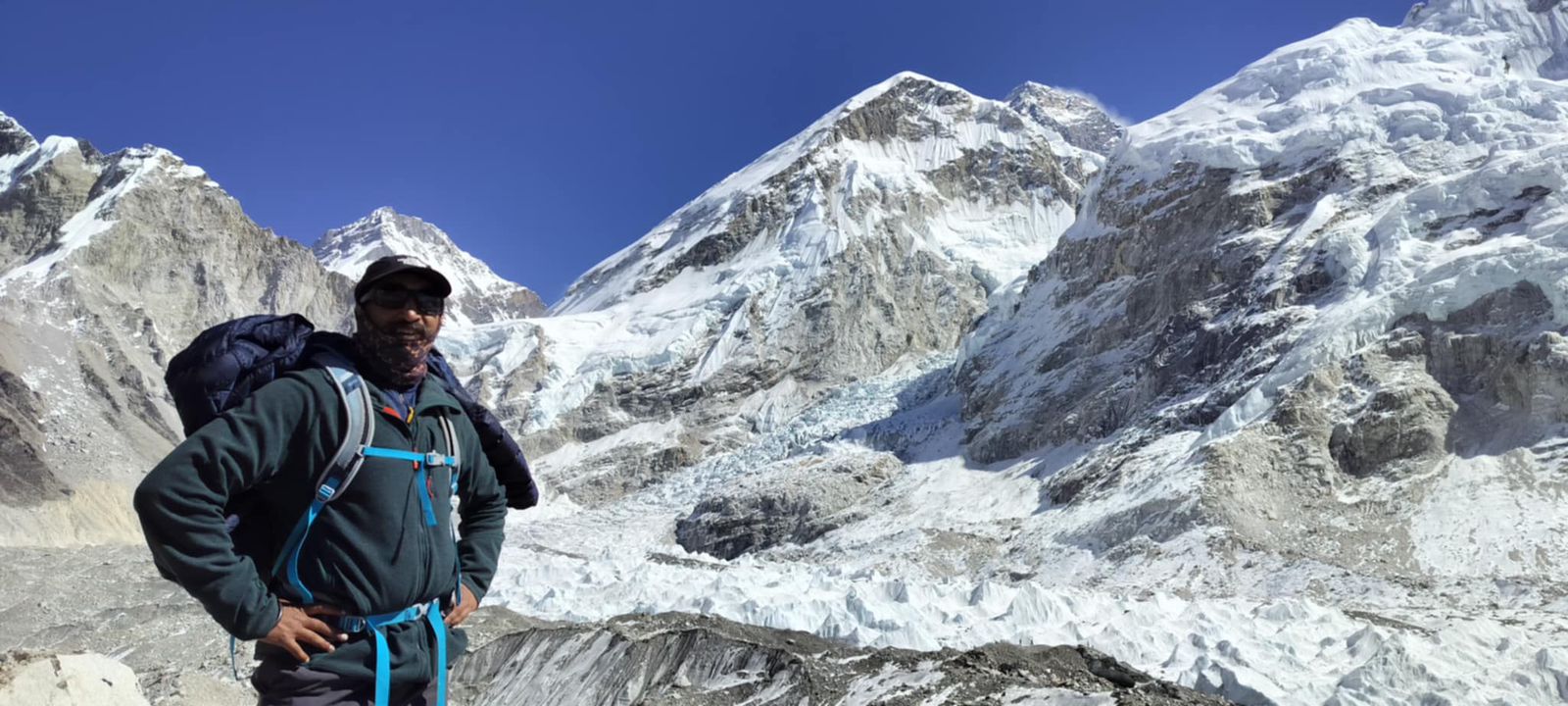

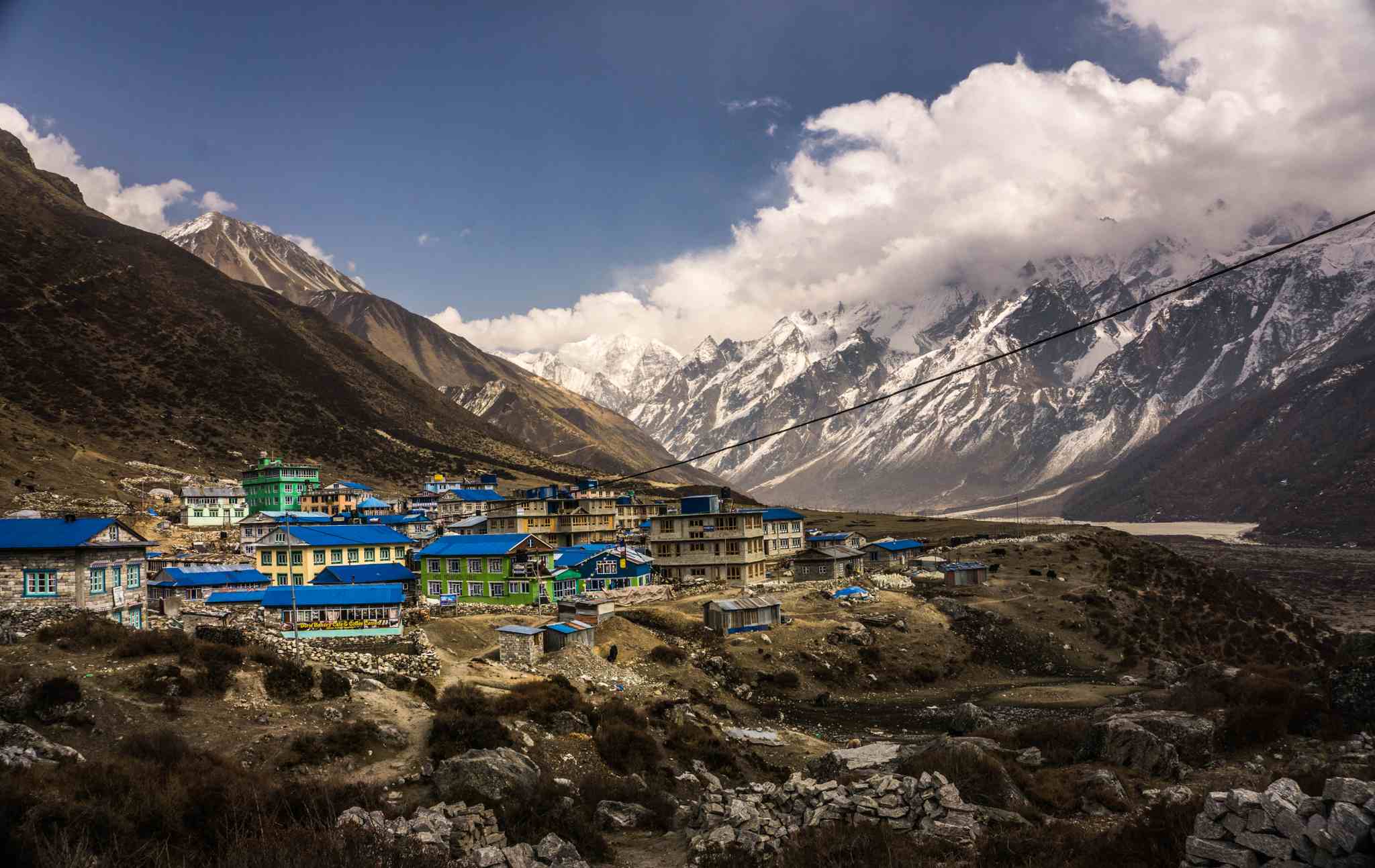
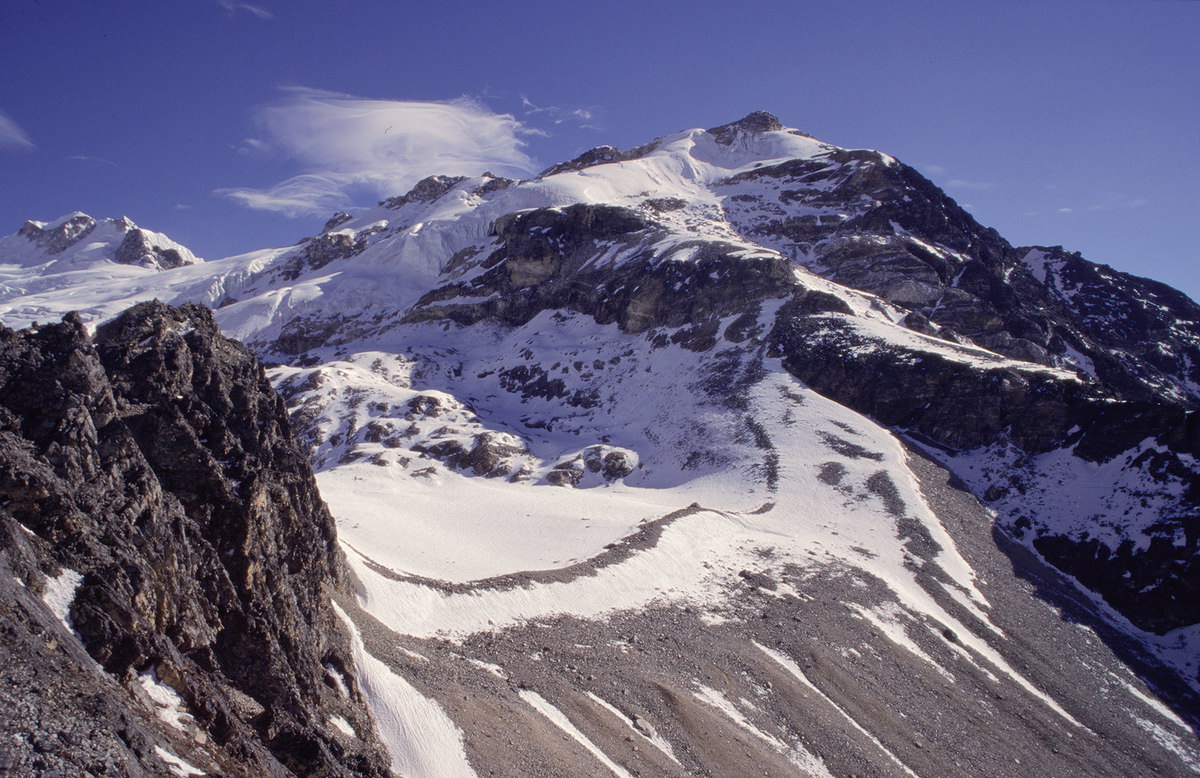
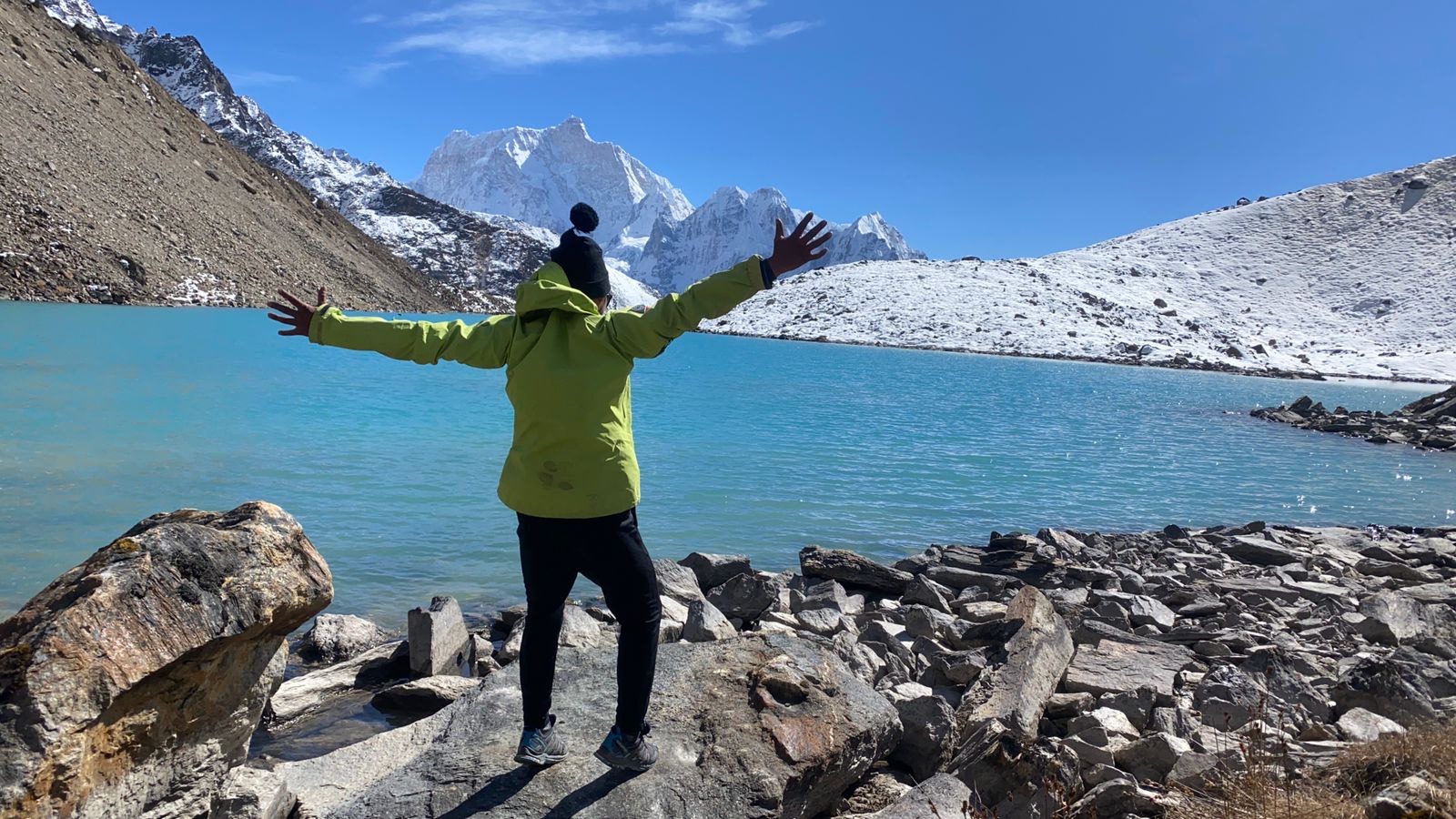
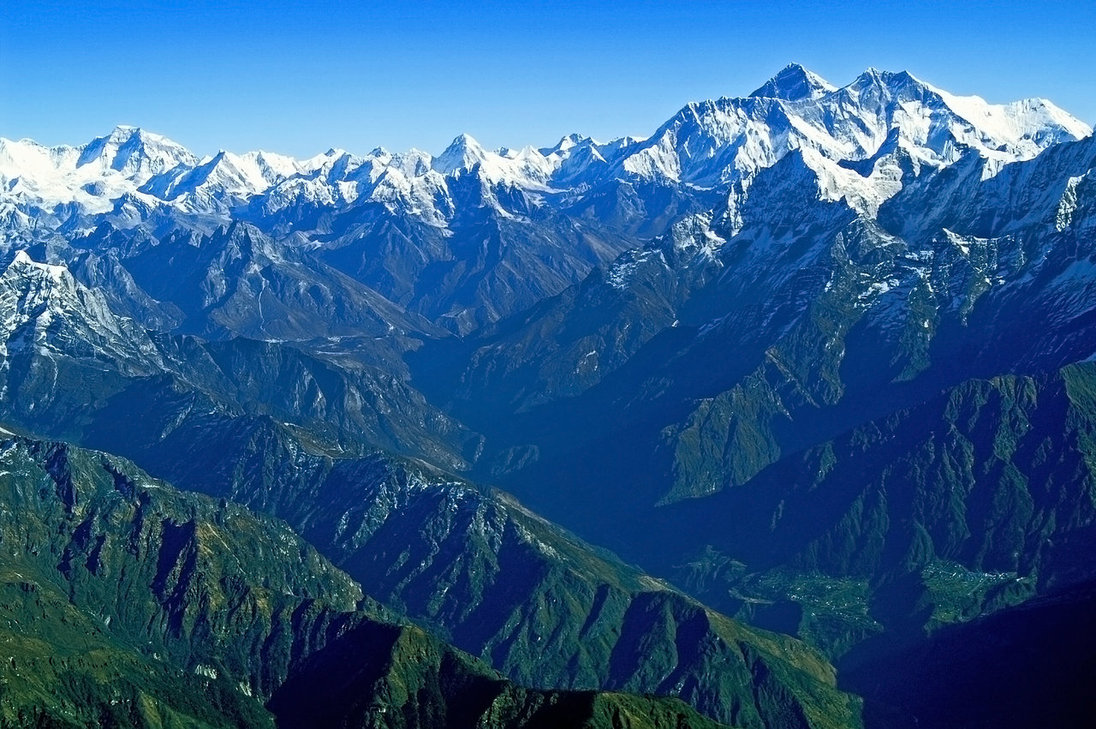
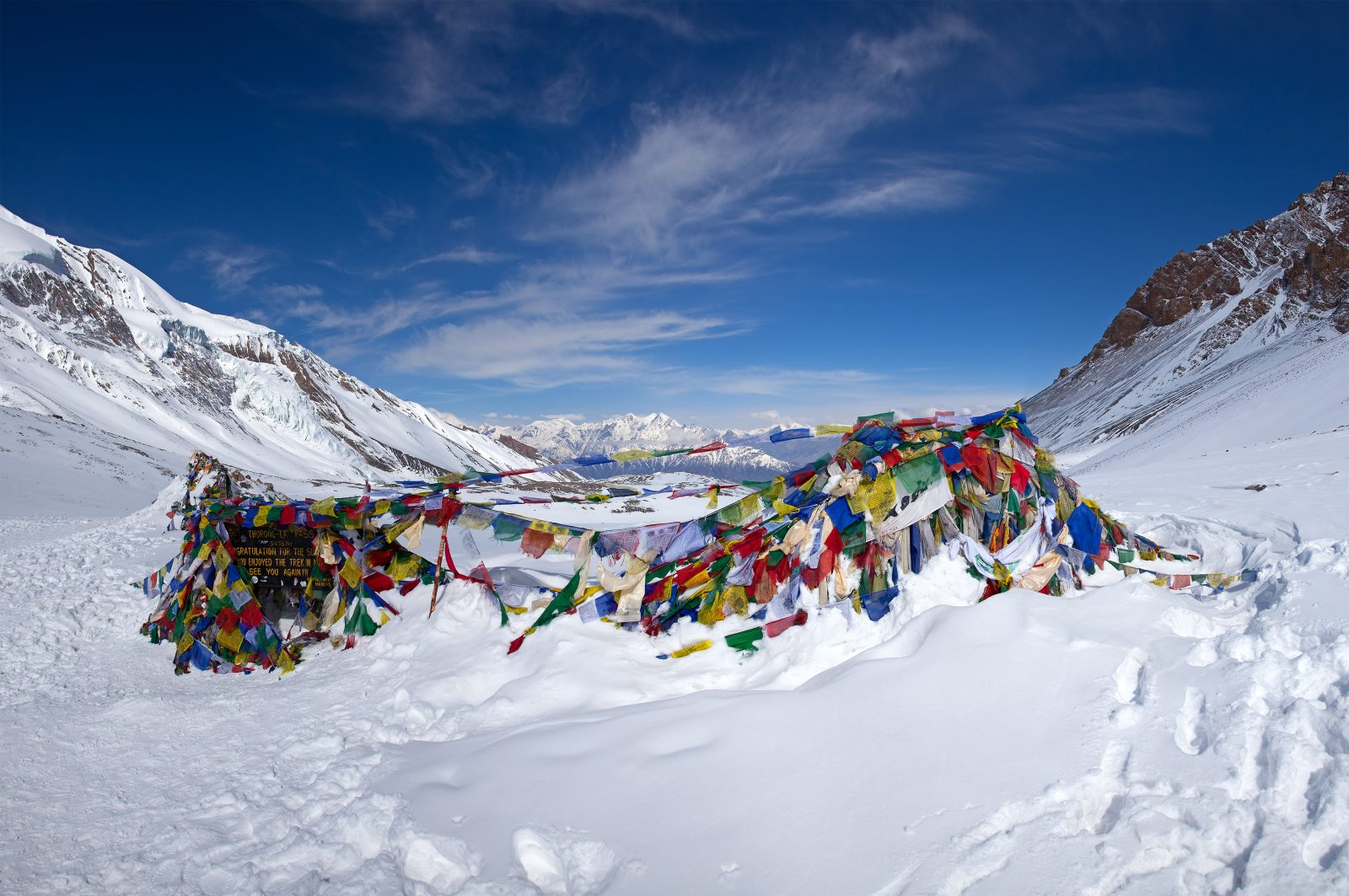
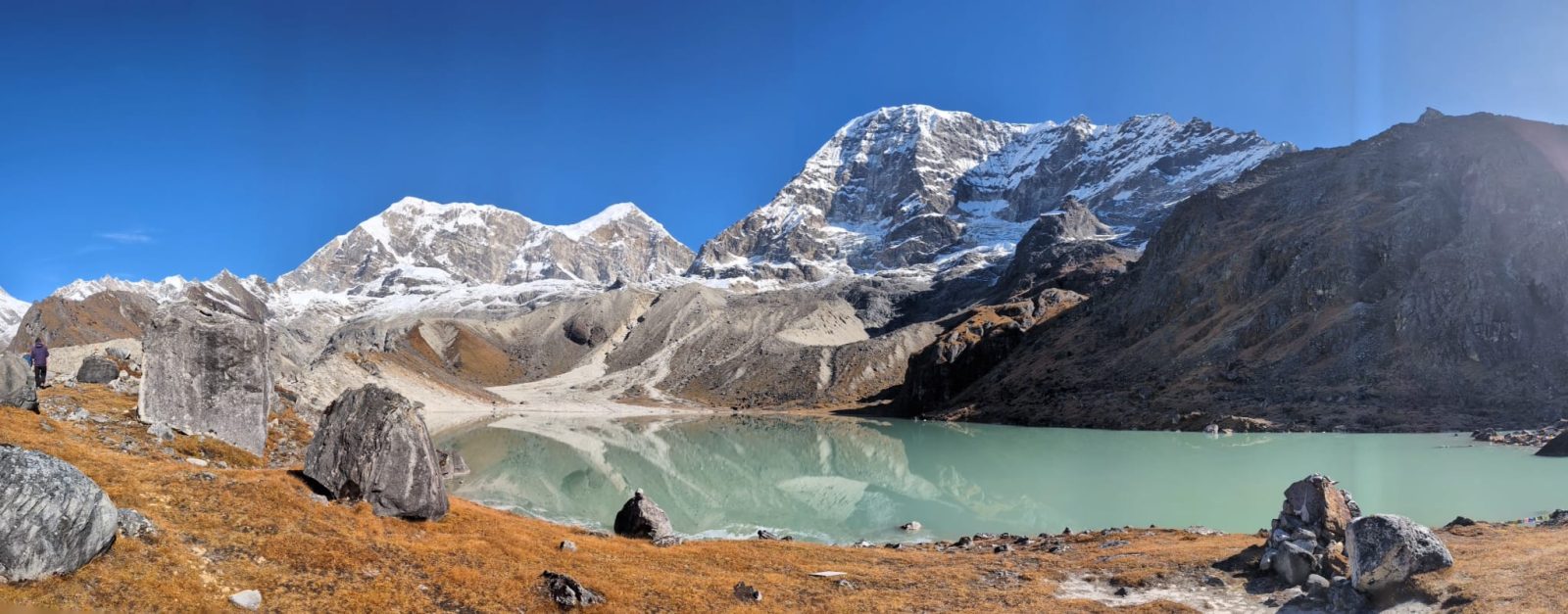
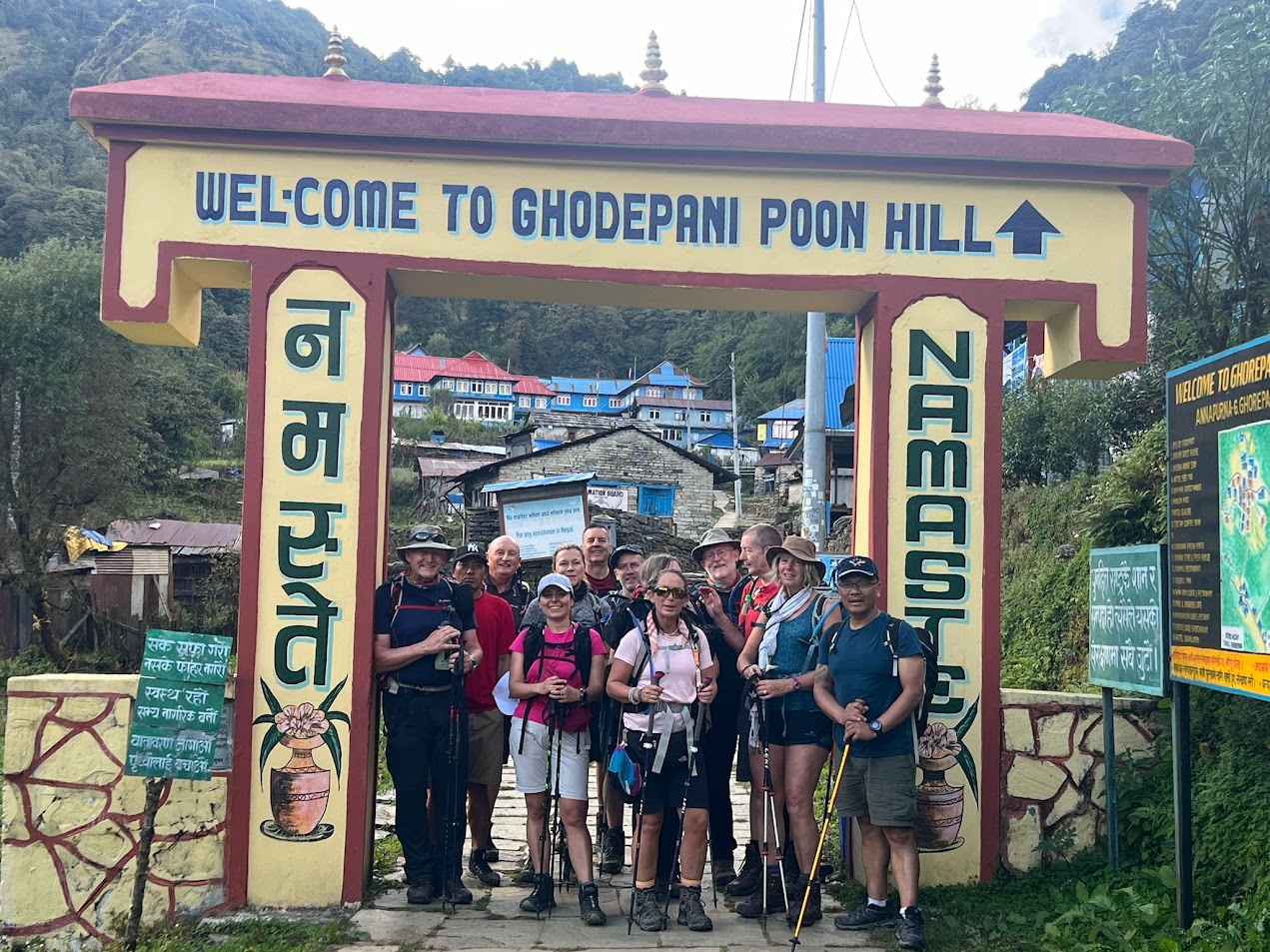
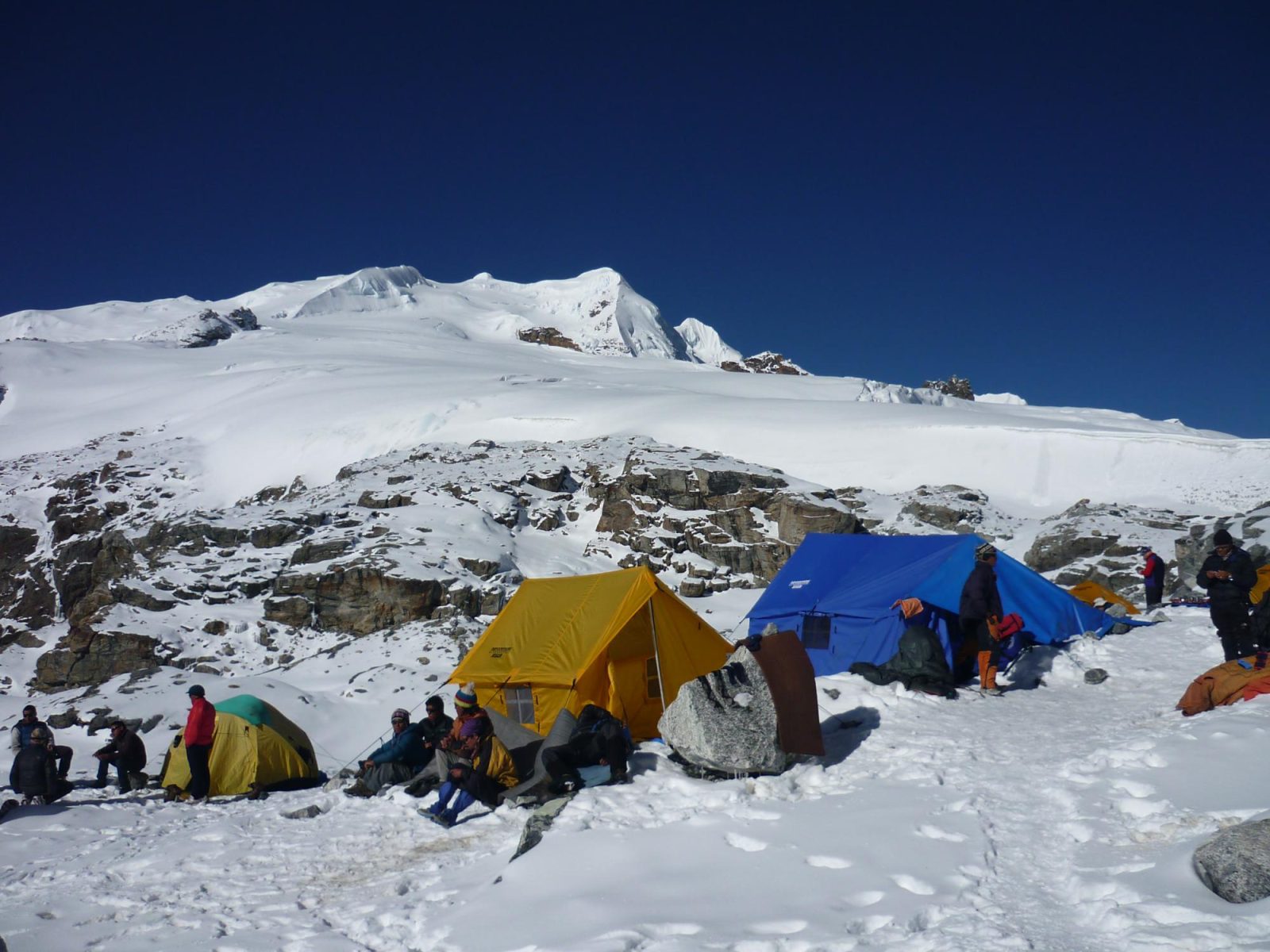
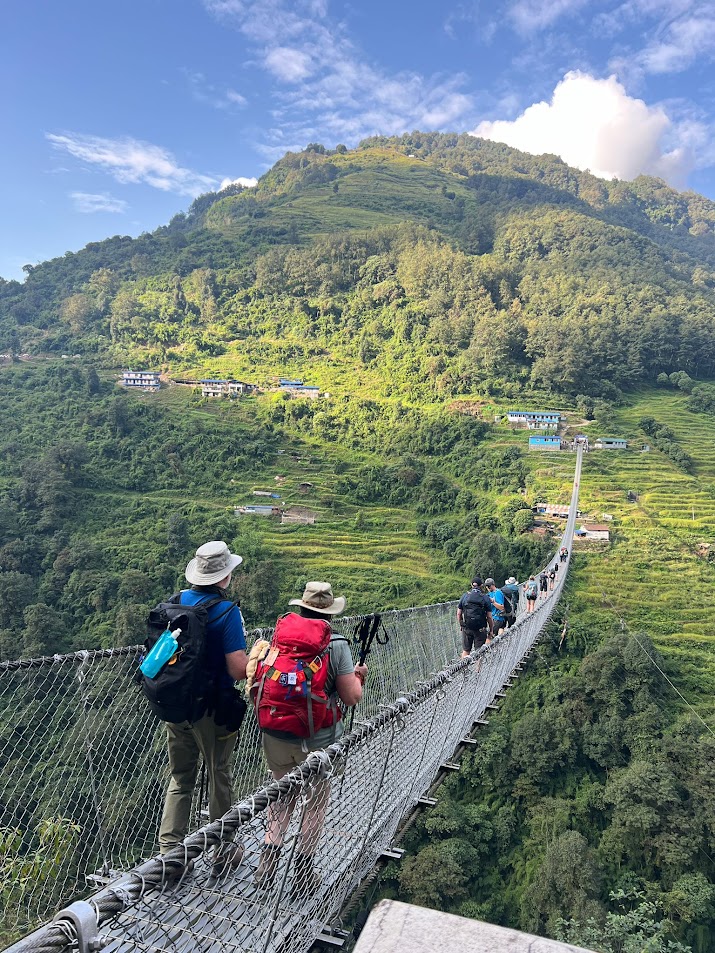
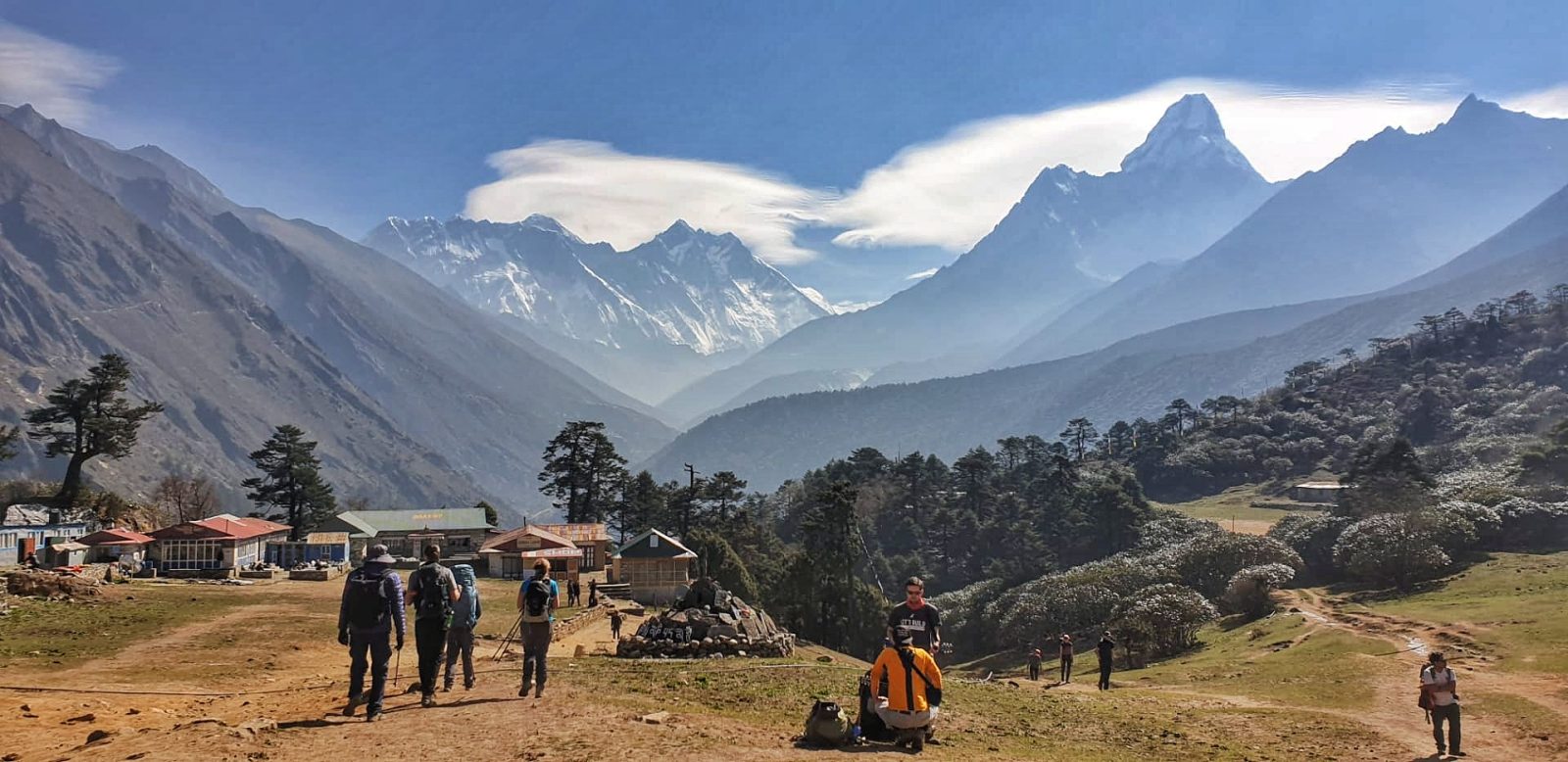
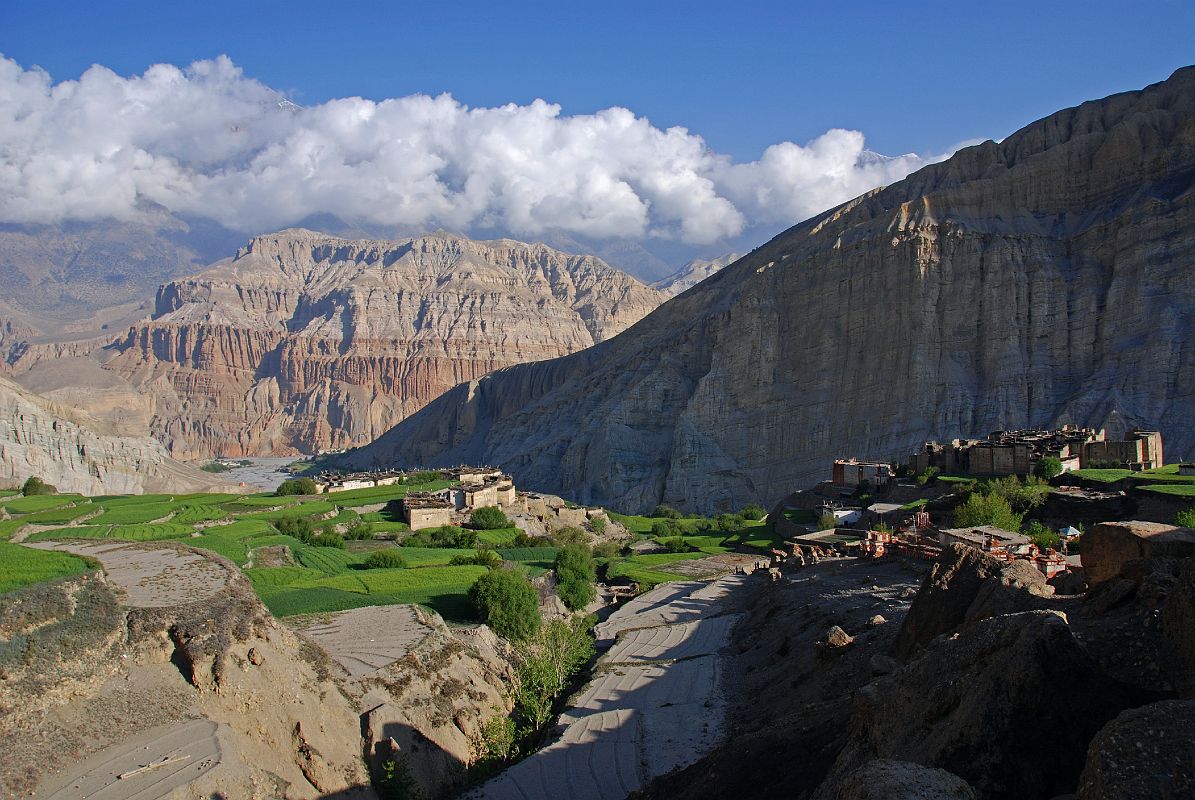
About Hiking In Nepal
It would be hard to do justice to a Nepal hike even in a lifetime, there is so much to see and do! Nepal is a safe place to visit and the trekking trails are wonderful places to re-connect with nature and walk amongst the mountains. Nowadays the hiking in Nepal is much more comfortable than the rugged experience it was in the 1950s when Edmund Hillary climbed Mount Everest. There are comfortable tea houses selling a wide variety of local and western foods (and beer), even luxury hotels in the lower regions. Lots of trips to Nepal focus on the culture as much as the scenery, but there is also ample opportunity to find yourself in real isolation and beauty.
Adventure Alternative Nepal employs local Nepali guides to offer you the most authentic trekking experience, offering either the popular routes like Annapurna Circuit and Everest Base Camp, and also bespoke Nepal hike and trekking itineraries. We love to give back to the communities we operate in, and our relationship with the Sherpa communities in the solu Khumbu is is nearly thirty years established with our charity partner Moving Mountains. For three decades we have been using the proceeds from tourism to fund education and health in those villages.
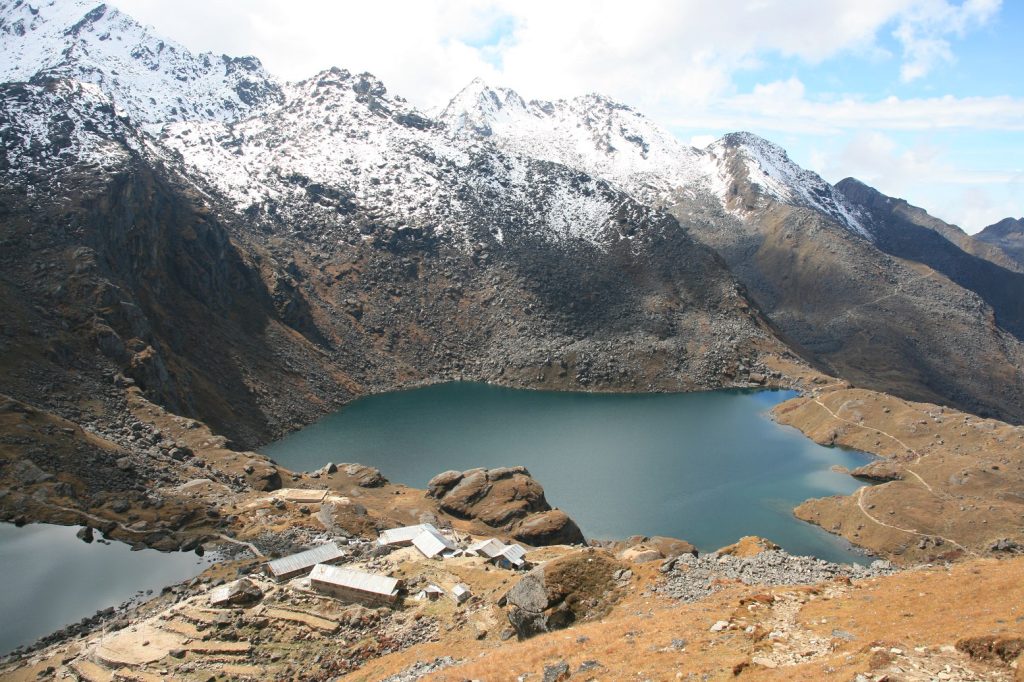
How To Choose Where To Trek In Nepal
Nepal has seemingly countless treks and it’s easy to see why it’s so hard to choose just one Nepal hiking tour. Select your trek based on how much time you have, the difficulty of the trek itself and if you know the particular mountain region you would like to visit.
The first thing to consider is how much time do you have to trek? Most trekking routes require 15-22 days to complete. If you only have a week to spare for your trip to Nepal and would be looking for short treks, then a trip out to Poon Hill is a must. We also run shorter treks to the Sherpa villages in the solu Khumbu, a chance to experience traditional Sherpa life and see the work of Moving Mountains. These treks run for a week to ten days and the Poon Hill culminates in watching the sunrise from the iconic viewpoint. If you have around three weeks, consider exploring the Mustang Region, Manaslu, or Gokyo Lakes, while the two-week holiday lends itself well to the Annapurna Circuit, Annapurna Sanctuary or the Everest Base Camp Trek, all of which are classic Nepal hiking tours.
Secondly, what region would you like to discover? Nepal has several different regions, each with their own unique environment and personality. The Khumbu region which culminates in the Khumbu glacier that comes off the slopes of Mount Everest, is popular because of the highest mountain in the world and the experience of walking in this great high valley surrounded by huge peaks. It is very well serviced with a famous airport at Lukla and there are many good quality lodges to stay in. However, by and large the route out is the same as the route in, which is the same as the Langtang Valley trek which has an in-built circular addition to see the traditional Tamang villages.
The remote kingdom of Mustang and the Dolpo regions of Nepal are more arid, it’s in the rain shadow of the Himalaya and have a longer season which starts in September. This is an area popular for horse riding itineraries, and the hikes here are rugged but steeped in history and culture. The lodges are not as modern as the Khumbu region, and you will still find isolation among the peaks.
The Annapurna range has held visitors in its thrall as much as the Khumbu region, and iconic treks on the Annapurna Circuit or to visit the Annapurna Sanctuary last around two weeks from the starting point of Pokhara. The lodges in this region are well-serviced and quite westernised again, and the views from the Thorong La (pass) are completely worth the effort of the hike up there.
A more remote Nepal hike would be the Manaslu Circuit, which is slightly longer and more challenging. Similarly, the Kanchenjunga base camp trek on the east side of the country is often described as the finest trek in Nepal but you need three weeks in the country to complete this incredible route to the base camps of the world’s third-highest peak.
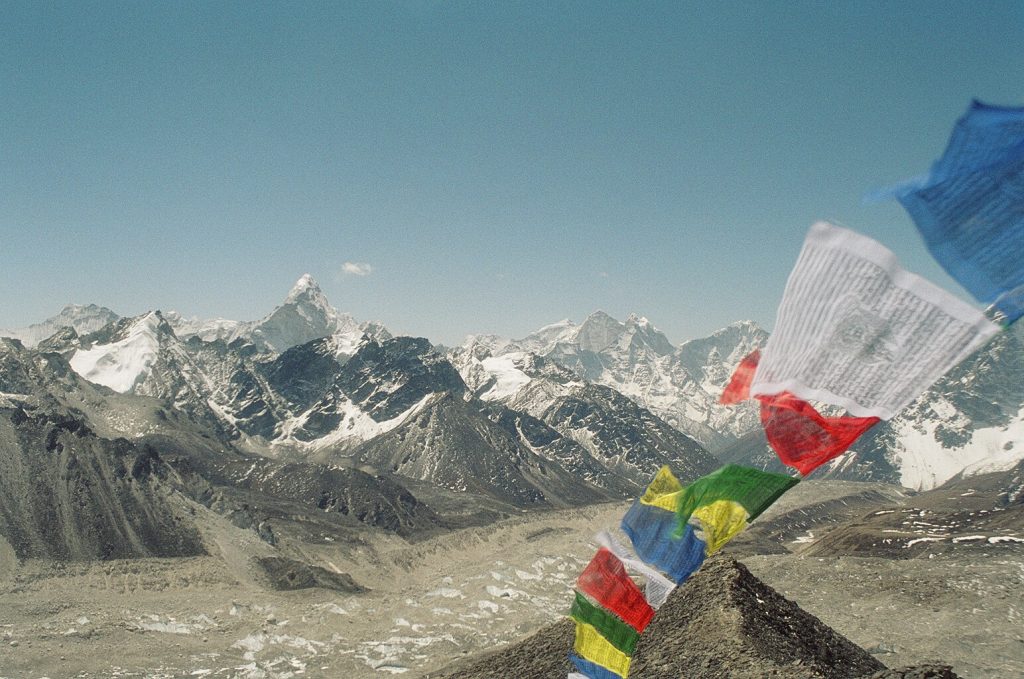
Lastly, think about your fitness and altitude. Although anyone who is relatively fit can trek in Nepal, some of the high passes and base camps reach altitudes of up to 5500+ meters. Be sure to be in good physical shape, and understand the challenges associated with spending many days at high altitudes. The advice is simple but effective: eat well, drink well, sleep well and go slowly! Unfortunately, the impact of hypoxia on the body at altitude makes it hard to eat and sleep, and the thin dry air lends itself to dehydration. Training at home for a Nepal hike will help, especially cardio-vascular training like swimming and lots of hiking, and working on the thigh and calf muscles.
There is a difference between being fit and mountain fit, and most people don’t know how they will perform at altitude on a hike in Nepal. There is a lot to be said for having an efficient walking style which is efficient and doesn’t waste energy, but perhaps the most important advice is to always go slowly and allow your body to acclimatise.
Khumbu Region
When most people think of Nepal, they think of the Khumbu. Home to Mount Everest, this region boasts the highest peak in the world. It comes as no surprise that this region has the most popular Himalaya Trails in Nepal. The trek to Everest Base Camp sees countless visitors each year. The Everest Base Camp Trek is on of the most popular treks in Nepal. Many people ask ‘how hard is it to trek to Everest base camp’, which you can read more about on this link. This area is also home to several other popular trekking routes, such as Gokyo Lakes, where you can get the best panorama in the Himalaya.
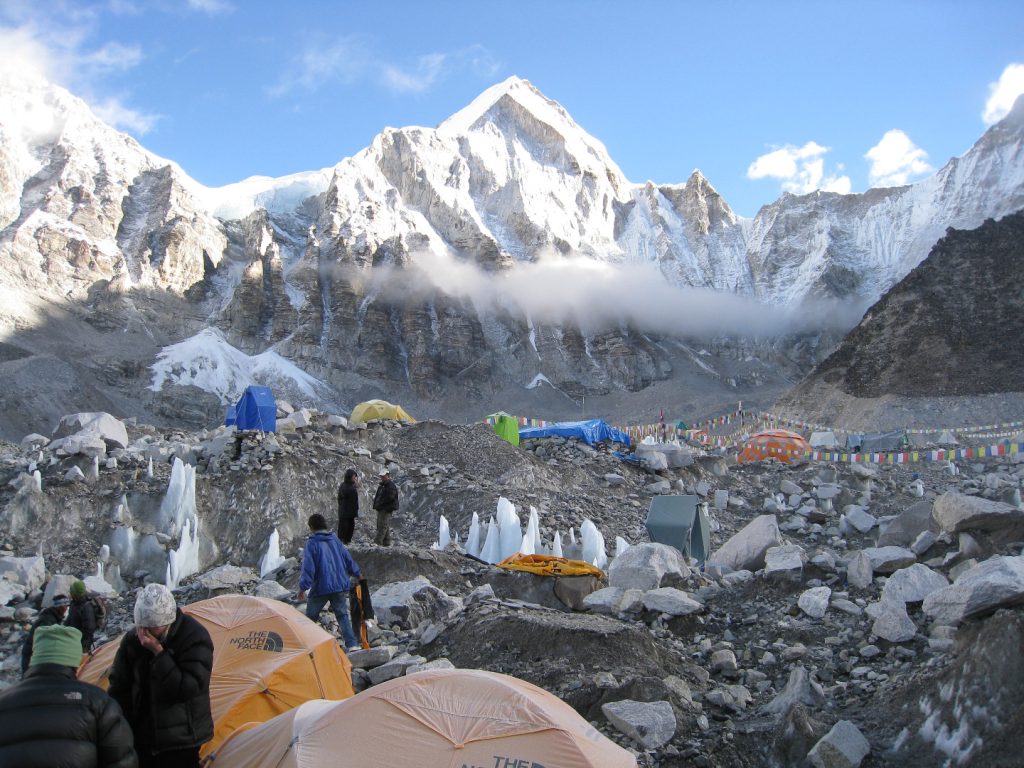
The only way in and out of the Khumbu is to drive then walk from either Jiri or Phaplu, or arrive by small aircraft via Lukla. Though the road currently (2025) reaches higher though is quite a bumpy drive, but you can make to within 1 days walk of Lukla and this will soon be drivable in more comfort when the road is completed. The runway into Lukla is slopped at about 12 degrees, with a cliff on one end and a mountain on the other. It’s sure to raise the hair on your neck!
Annapurna Region
Annapurna is the second most well-traveled trekking region of Nepal. Trekking altitudes are a bit lower than what you see in the Khumbu and logistics in and out of the region are easier as well. Most treks begin in the city of Pokhara, a beautiful settlement nestled next to a stunning lake. Our Annapurna Circuit Trek or the shorter Annapurna Sanctuary Trek, also known as the Annapurna Base Camp Trek, touches on all of the highlights, including stunning vistas of Annapurna herself.
If you’re looking for a less-crowded base camp our Annapurna Sanctuary Trek makes a stop at Annapurna Base Camp. For those short on time, Annapurna panorama trek, also known as Poon Hill offers an excellent opportunity to trek and enjoy the views without the time commitment.
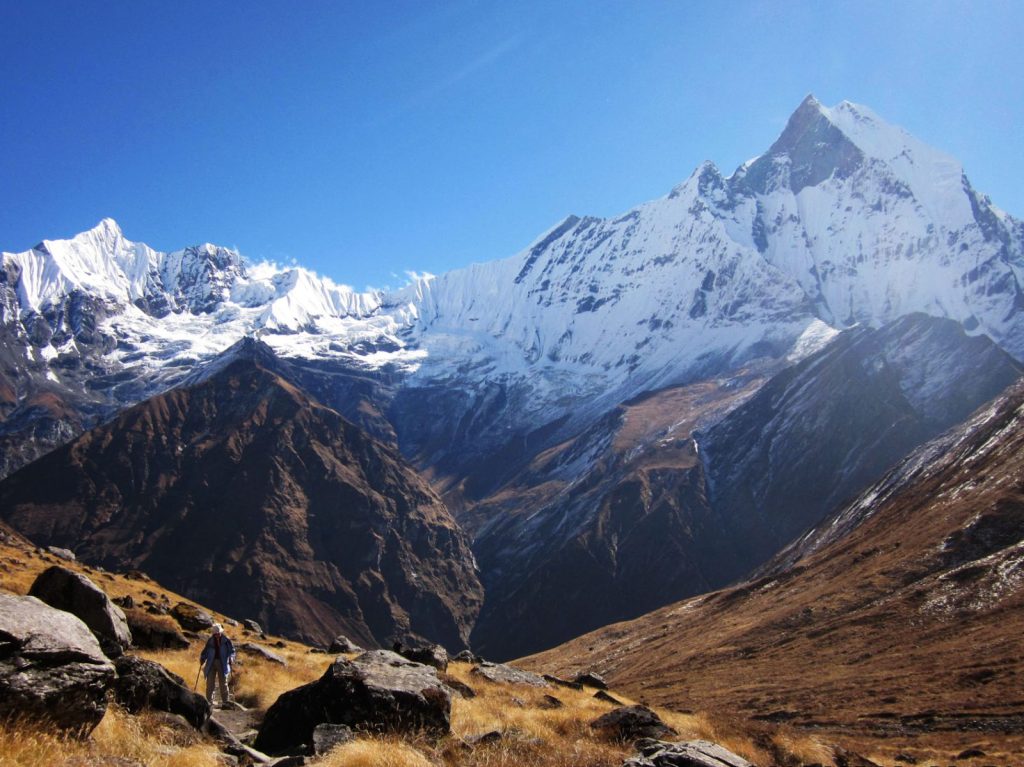
Mustang Region
The Mustang Region of Nepal is an isolated and remote region nestled in the Himalayas. Unlike many of the other trekking regions, Mustang has a more cool and arid climate. Traditional Tibetian Buddhism dominates life in this unique region of Nepal. Its semi-independent people follow a great tradition of myth, mystery, and history. Mountains surround the region, however, there is much more of a high-desert feel here. Scenery differs from that of much of the rest of the Himalayas. With only around 1,000 visitors per year, you will truly feel as if you’ve stepped into another place.

Manaslu Region
Manaslu is the eighth tallest mountain in the world (8,156m). Another off-the-beaten-path destination this trek takes you through mountain passes and lush forests. The trek around Manaslu eventually join up with the Annapurna Circuit nearby. This Manaslu trek is an excellent option for those looking to enjoy views to 8,000m peaks without the crowds.
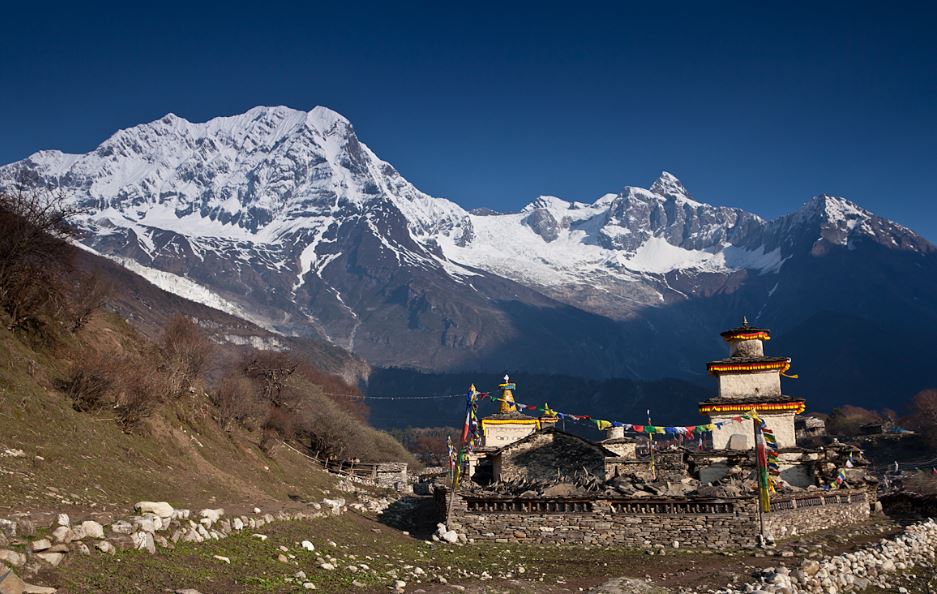
Langtang Region
Langtang is Nepal’s first national park. Located near Kathmandu, it offers some of the most accessible trekking routes in the country. The area is well known not only for its mountain beauty but also for its wonderful culture. There is abundant wildlife and plenty of different mountainous climates to explore. Our trek to this region is one of the lowest in elevation, topping out at around 3,500m. This is the perfect trek for those looking for a less intense trekking experience.
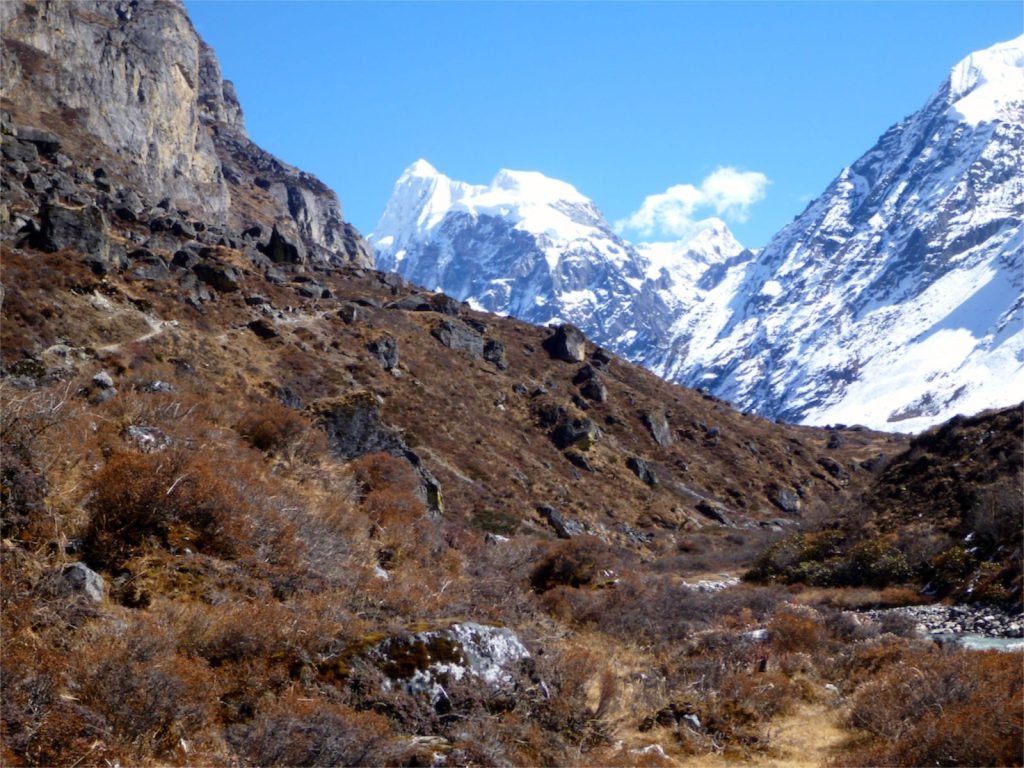
Other Nepal Trekking Experiences
We offer a variety of peak climbing at many of Nepal’s “trekking peaks.” Trekking peaks in Nepal are named so by the Nepalese authorities and provide an excellent opportunity to climb in the world’s tallest mountain range. Or, if you are looking to connect to Nepal in a mindful way, consider our Yoga Retreat. You can also opt to combine any of our treks with a volunteer trip with our sister charity, Moving Mountains.
Key Nepal Treks Information
General Nepal Information
Further Information
Frequently Asked Questions
Our Trekking Articles
We’re dedicated to helping you make the most of your next adventure trekking holiday. That’s why we’ve created our travel blog full of in-depth trekking guides, travel inspiration and other fantastic information. Having done all of these climbs many times already, we want to pass on our wealth of trekking wisdom to you.
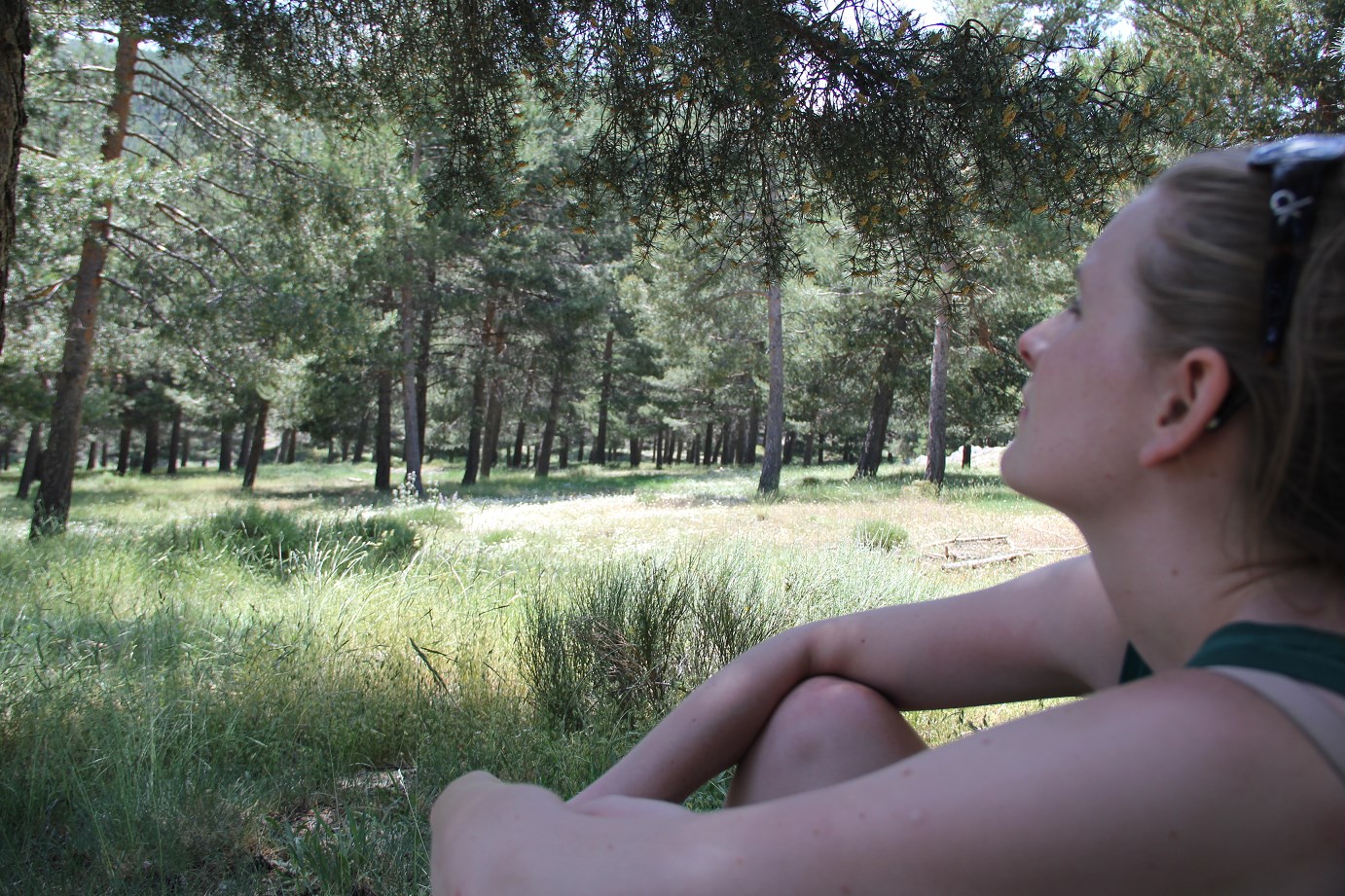
Walking Holiday in the Sierra Nevada
A new destination to the Sierra Nevada in southern Spain beckons. What a beautiful place and a lovely hotel we found... in a small village...
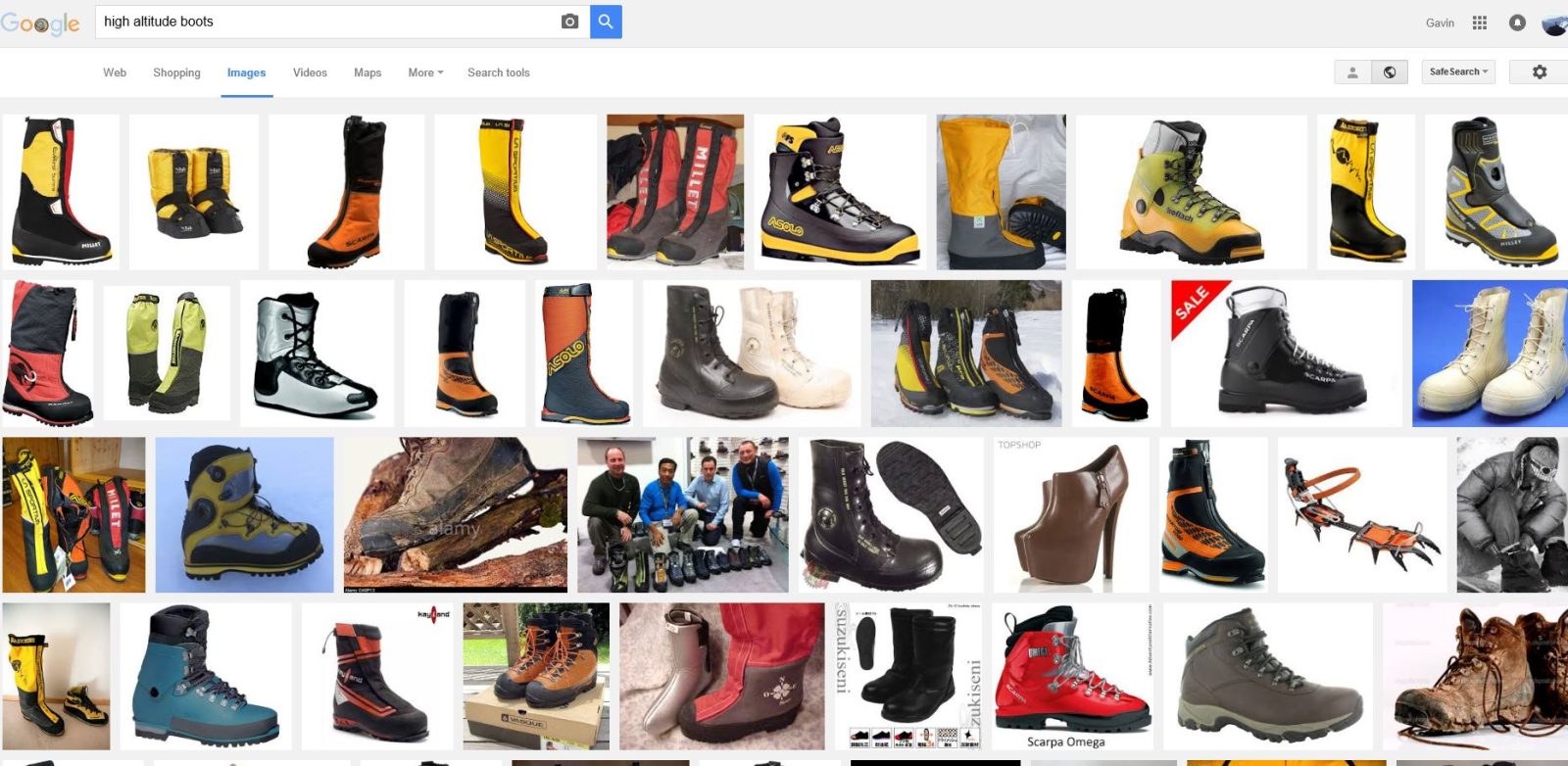
Choosing High Altitude Boots
Twenty years ago things seemed a bit simpler, climbers chose from a narrow range of leather trekking boots and generally a pair of 'double mountain'...
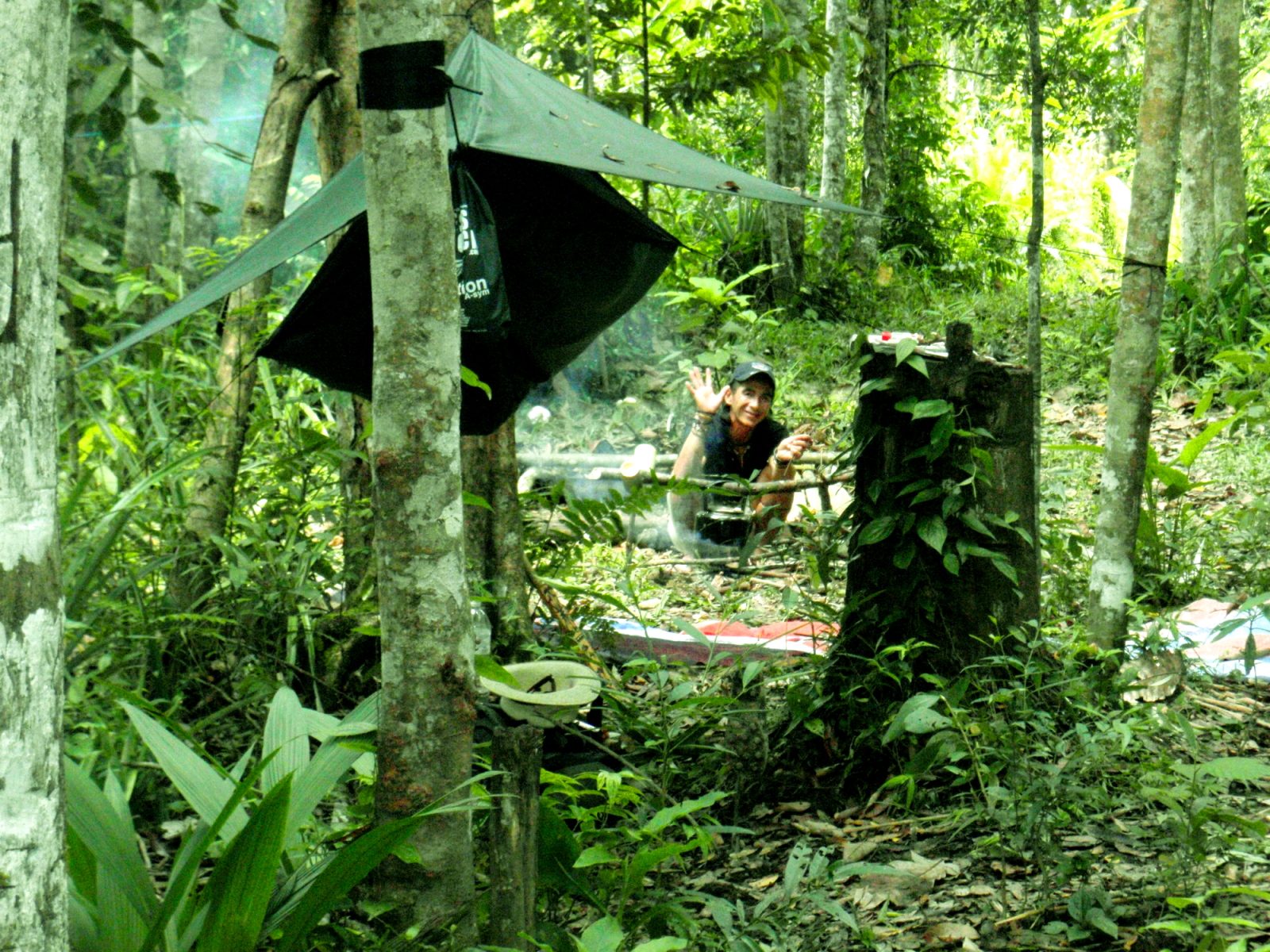
Hammock Life – Volunteering in Borneo
Nothing quite beats waking up to the sound of the rainforest while gently swinging in a weightless cocoon; the dappled sunlight...
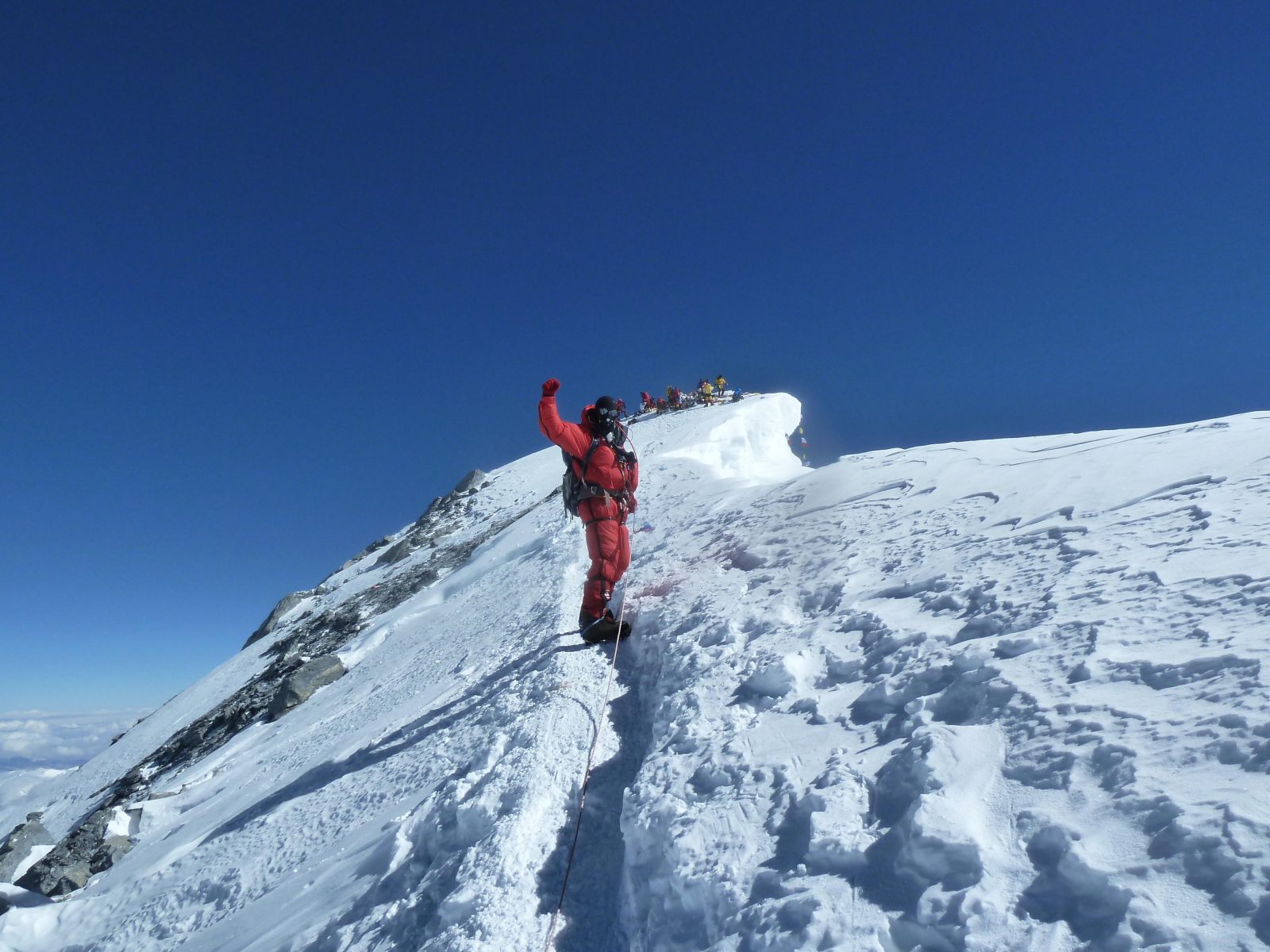
How Much Does it Cost to Climb Mount Everest?
The quick answer is about $45,000.00 but there are several choices to be made when climbing Mount Everest and each have different cost...
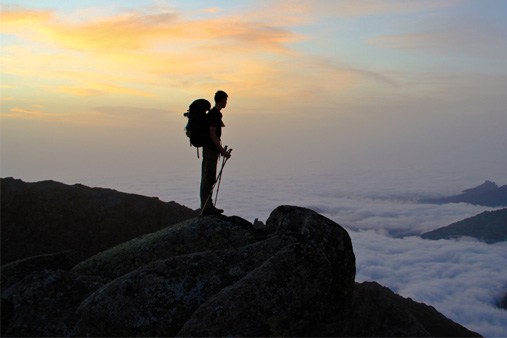
18 of the Best Treks in the World
Multi-day treks can be gruelling on the body and some of the big summits will push your mental threshold further than ever before. But with the...
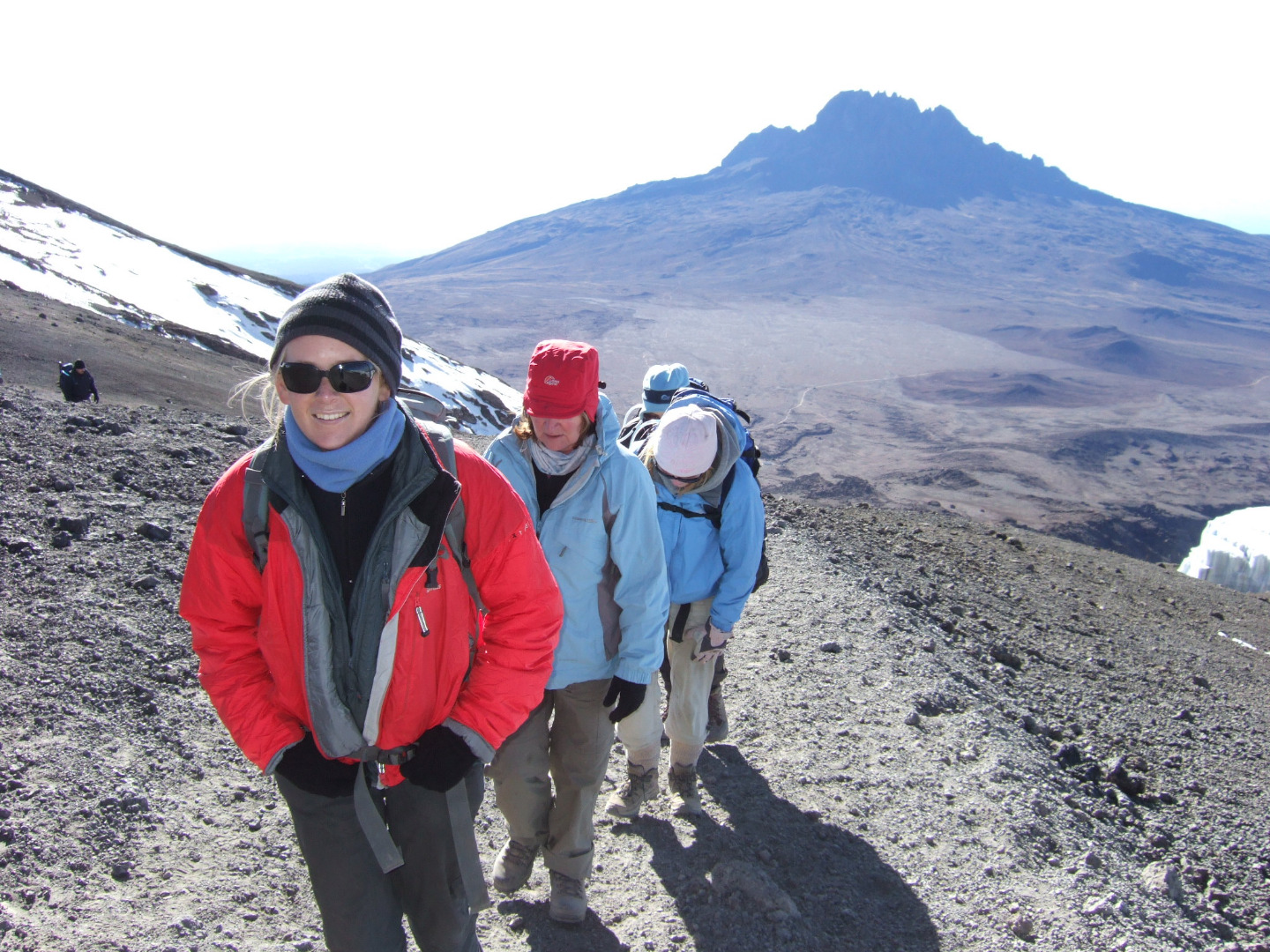
What to Wear on Kilimanjaro
What to wear on a Mount Kilimanjaro Trek is probably the question we get asked most and there is, of course, a kit list for...

